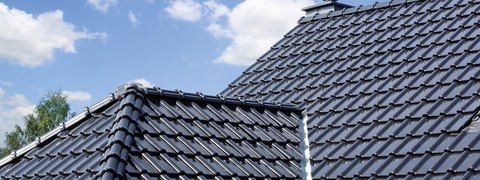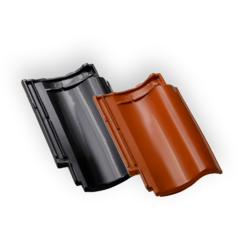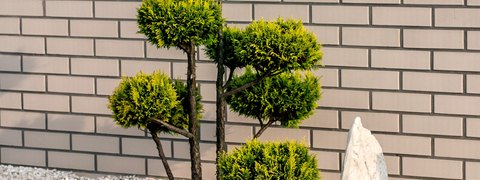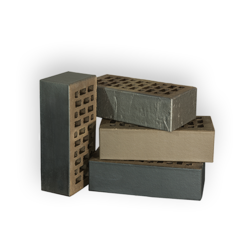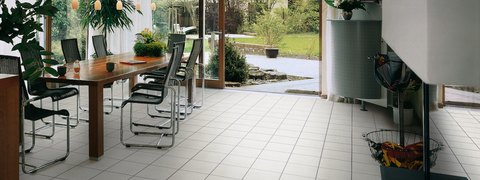The color and shape of joints vs. the wall image
Bright or dark, close to the brick color or completely different, concave or convex - the joint really makes a difference. It is worth considering what effect we want to achieve, and then select the appropriate joint.
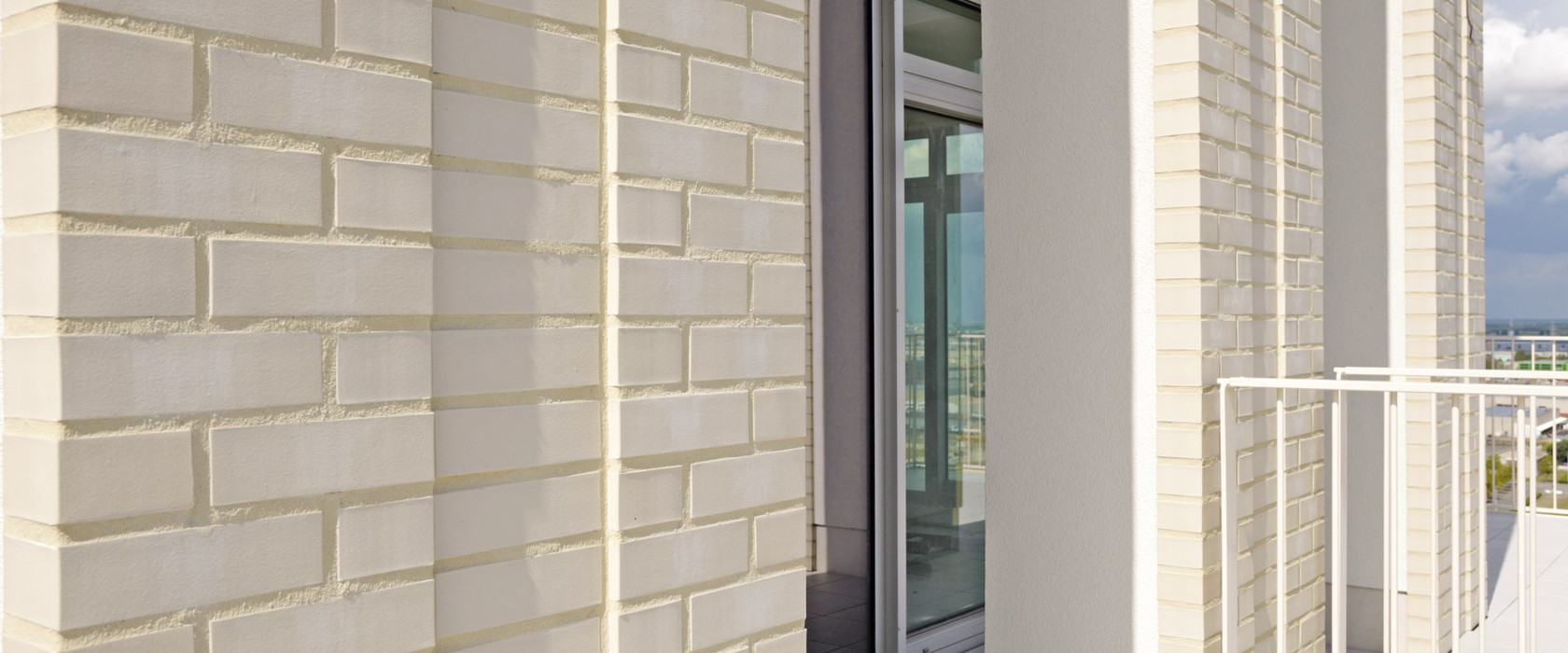
When doing the masonry for a façade, a fence and the elements of small architecture or finishing interiors with brick, we usually focus on the color and structure of the material. The joint is chosen last and often less carefully, not always realizing that this element influences the end result to a large extent, defining the aesthetics of the wall. The same brick may look quite different depending on the type and, above all, the color of the joint and its relation to the color and type of brick.
This way, we can create anything - from a uniform, coherent surface in which the bricks merge with each other and with the joint, to a mosaic wall, where each single brick is clearly emphasized by the surrounding joint. The decor of the wall can also be influenced by the shape of the joint, from the concave, through even, to the convex, projecting over the brick.
Joint color
- When shaping the appearance of a brick facade, we first select the bricks - their hues, structures, as well as joints. The color and type of the joint may increase or decrease the end effect – says Lidia Misiuna, marketing manager of Röben Poland. Traditional or old-wall character is obtained by sandblasted or hand-molded bricks, each of which is different.
To emphasize the result, we can use a clear joint. In case of modern facades, smooth clinker will be perfect, especially if the bricks are cool (e.g. black, gray) and we use a nearly invisible, thin joint of the same color.
How to choose the joint?
Here is the most important rule: if a joint has a similar or identical color as the brick, we will get a coherent surface, similar to a uniform finish. On the other hand, a joint color other than the façade material contrasts with the bricks and thus emphasizes their pattern in the wall, "pulling" it to the surface. This is well illustrated by the example of the three joint colors used for white bricks - for comparison. - If we are not sure which joint is the best, we should consult with our architect or contractor - advises Lidia Misiuna. - Manufacturers of mortars offer a wide range of colors, so everyone can find something suitable. Templates are available in stores, for "trying them on" with the brick of our choice. There are also virtual color choosing tools, available on some manufacturers' websites, e.g. "http://www.roben.pl" www.roben.pl - she adds.
There is one more solution that may help us - testing a pre-approved joint on a small, not very visible part of the wall. If we do not like it, we can always remove it and replace it.



The shape of the weld
Investors have a choice of several ways to shape the grout. It should be emphasized that in order for the wall to remain durable and not to deteriorate, we must avoid bricklaying on empty or receding joints (recessed, not in contact with the edge of the brick).
– If we do not comply with this rule, rainwater will accumulate in unfilled places. Over time, it can penetrate into the wall, causing efflorescence, and even weakening the entire structure - warns Lidia Misiuna.
So we have bricklaying for joints in contact with the brick face. And so we have a good choice, because there are at least four correct "shapes" of joints: fug perfectly flush with brick (smooth surface without protuberances or concavity); concave groove (top and bottom edge of the joint flush with the brick, slightly recessed central part); convex fugue (edges of the joint flush with the brick, central part protruding from the face) and fugue at an angle (the upper part of the joint is withdrawn and the bottom part flush with the brick, which allows rain to flow).
A game of chiaroscuro
Among the mentioned solutions, one of the most popular is the concave fugue. It will have a special effect if we apply it to a clinker with an uneven structure, e.g. hand-formed face bricks. Depending on the position of the sun, the concave fugue will allow a magical play of light and shadow.
- Thanks to such a joint, we will achieve a unique effect of chiaroscuro, which will make the facade constantly change its face - adds Lidia Misiuna.
In contrast, the groove flush with the surface of the bricks will give the opposite effect - steady, homogeneous, consistent, especially suited to very modern projects. Using a convex weld, we will get a different look of the wall - a bit sloppy, swashbuckling, very original and certainly matching the rustic style.


